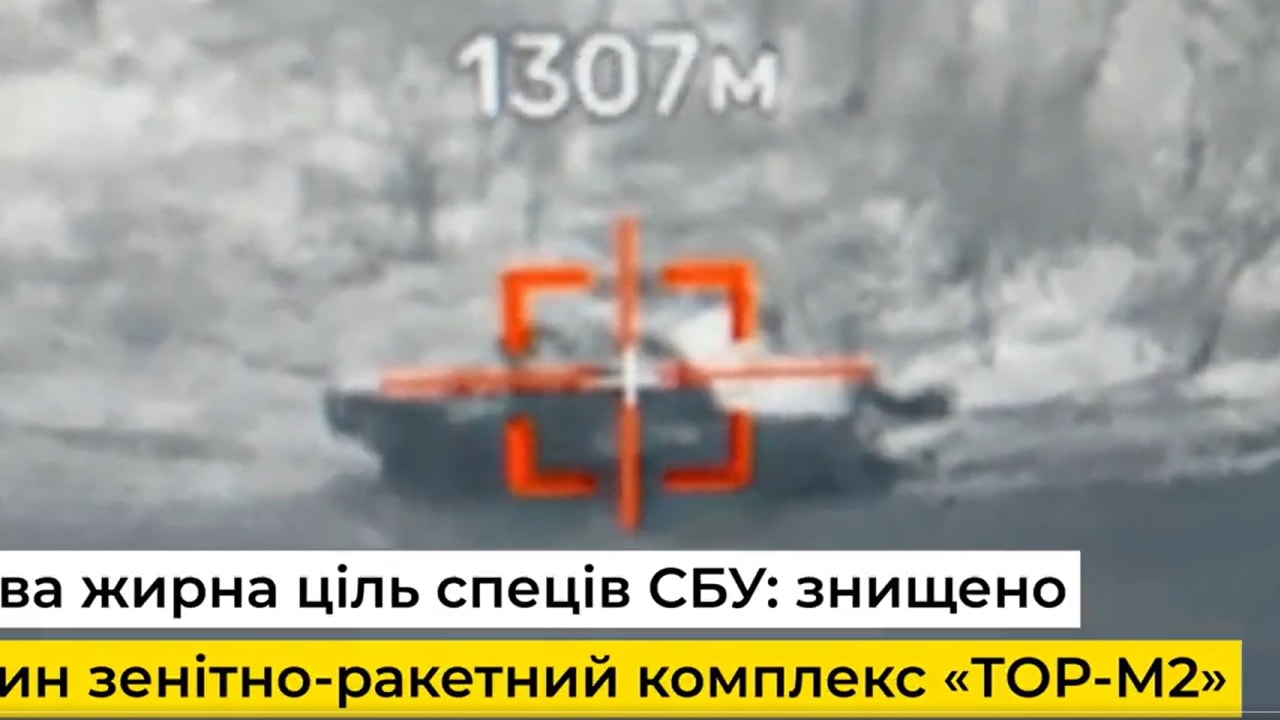Maksym Skrypchenko

The Western media’s incessant discussions about Ukraine’s counteroffensive are not only counterproductive, but they also risk creating dangerous illusions.
By continually focusing on the supposed inevitability of a successful counteroffensive, the media is fostering the belief that Ukraine has already been supplied with everything it needs to accomplish the task of driving back the invading Russians. This framing is misleading and ultimately harmful, as it overlooks the challenges and limitations faced by Ukraine’s armed forces.
What Ukraine Lacks
First, it is important to recognize that Ukraine does not possess air superiority. While the country has requested F-16 aircraft to support ground operations and protect its cities from Moscow’s aerial assaults, these requests have gone unfulfilled. Without the proper long-range weapons and aircraft, Ukraine’s offensive operations have been delayed as Kyiv scrambles to gather tanks from Europe and to procure artillery shells.
Second, the Russians, cognizant of Ukraine’s plans, have relocated their command centers beyond the effective range of HIMARS rocket launchers. Offensive operations typically begin with the disruption of an enemy’s logistics and command centers, so this move severely hampers Ukraine’s ability to strike effectively. Furthermore, Russia has been increasingly successful in styming HIMARS missiles by employing electronic jammers to cause rockets to miss their targets.
Third, delays in the delivery of promised military equipment have further hindered Ukraine’s efforts to begin a counteroffensive. For example, the United States has pledged to supply Ukraine with 31 M1-A1 Abrams tanks, but these will not arrive until the fall of 2023 — significantly later than the timeframe anticipated for a counteroffensive.
These shortcomings have delayed Ukraine’s counteroffensive, and this reality is not adequately reflected in Western media coverage. Readers instead are left with the impression that there is no possibility of failure, setting the stage for major disillusionment if the counteroffensive falls short of expectations. This could, in turn, prompt Western governments to reconsider supplying weapons to Ukraine.
Historic Disappointments
One historical illustration of the dangers of overhyping a military offensive can be found in World War I, during the Battle of the Somme in 1916. British and French forces planned a massive offensive against the German army, with media and military propaganda creating high expectations for a quick and decisive victory. However, the battle resulted in a prolonged stalemate and over 1 million casualties among the three forces, with no significant gains for the Allies. The unrealistic expectations and subsequent public disappointment led to eroding morale among the troops and on the home front, and a loss of confidence in military leadership.
Another cautionary example comes from World War II, with Operation Market Garden in 1944. This ambitious Allied plan aimed to seize several key bridges in the Netherlands to enable a rapid advance into Germany, potentially ending the war by Christmas 1944. The operation was portrayed optimistically by the media and military, leading to high expectations among the public and soldiers. Unfortunately, poor planning, intelligence failures, and strong German resistance resulted in the operation’s failure. The Allies suffered heavy casualties, and the war continued well into 1945. The overconfidence and overhyping of the operation led to the public losing faith in military leadership, and it dampened morale.
Actions Are Measured. Words Should Be, Too
While the circumstances faced by Ukraine are not identical to these historical examples, they nonetheless offer a valuable lesson: Military operations should be allowed to proceed without undue pressure from the media or politicians. Overselling the prospect of success can create unrealistic expectations, which can have a detrimental impact on troop morale and public confidence. By adopting a measured and accurate approach to reporting, the media can ensure that military decision-makers are afforded the space and support they need to navigate complex situations and make the best possible choices for their nation’s security.
Due to the media coverage, Ukraine’s supporters abroad might believe their countries are already doing enough by sending weapons, without fully grasping the scale of human and armor losses in Ukraine. Providing the bare minimum is insufficient, and the media’s relentless focus on Ukraine’s planned counteroffensive only puts more pressure on the country’s military leadership.
Ukrainian Defense Minister Oleksii Reznikov has expressed concern about these inflated expectations, stating, “The expectation from our counteroffensive campaign is overestimated in the world … Most people are waiting for something huge.”
Ukrainian officials are grappling to define the level of success that will be sufficient to maintain and expand the support of their Western allies, especially the United States. If the counteroffensive does not meet expectations, Kyiv could lose vital international military assistance or face increased pressure to negotiate with Moscow — a scenario that would likely involve Russia demanding the surrender of sovereign territory. Ukraine deems this unacceptable.
Ukrainian President Volodymyr Zelensky has already emphasized the importance of battlefield victories, stating, “The more victories we have on the battlefield, frankly, the more people will believe in us, which means we will get more help.” A significant success could indeed bolster support for Ukraine, providing the country with the arms and ammunition needed to continue the fight, and boosting morale among its civilian population.
In a later address, Zelensky discussed the impending counteroffensive against Russian forces. He said that while Ukraine’s combat brigades, some trained by NATO, were ready, they were still awaiting necessary resources, including armored vehicles. He warned that premature action could lead to heavy casualties. Speaking to Eurovision News affiliates, he said, “We can go forward, but we’d lose a lot of people. That’s unacceptable. We need more time.”
To support Ukraine effectively, the Western media should stop overhyping the counteroffensive and recognize the limitations and challenges faced by the country’s armed forces. Instead of creating unrealistic expectations, the media should focus on the complexities of the situation and the need for sustained, comprehensive assistance. Only by acknowledging these realities can the West truly help Ukraine in its struggle against Russian aggression.
No comments:
Post a Comment